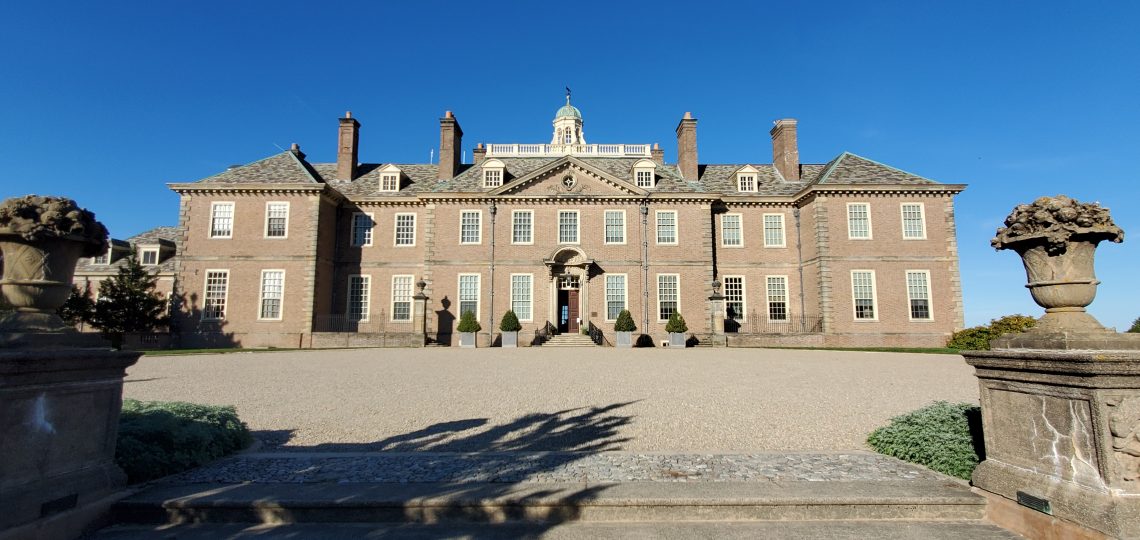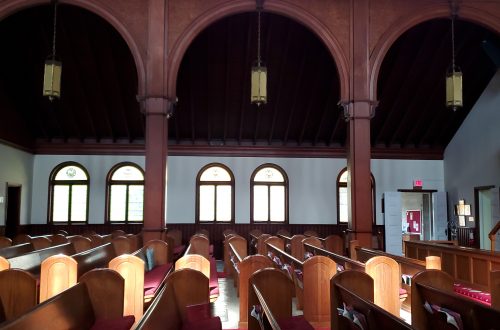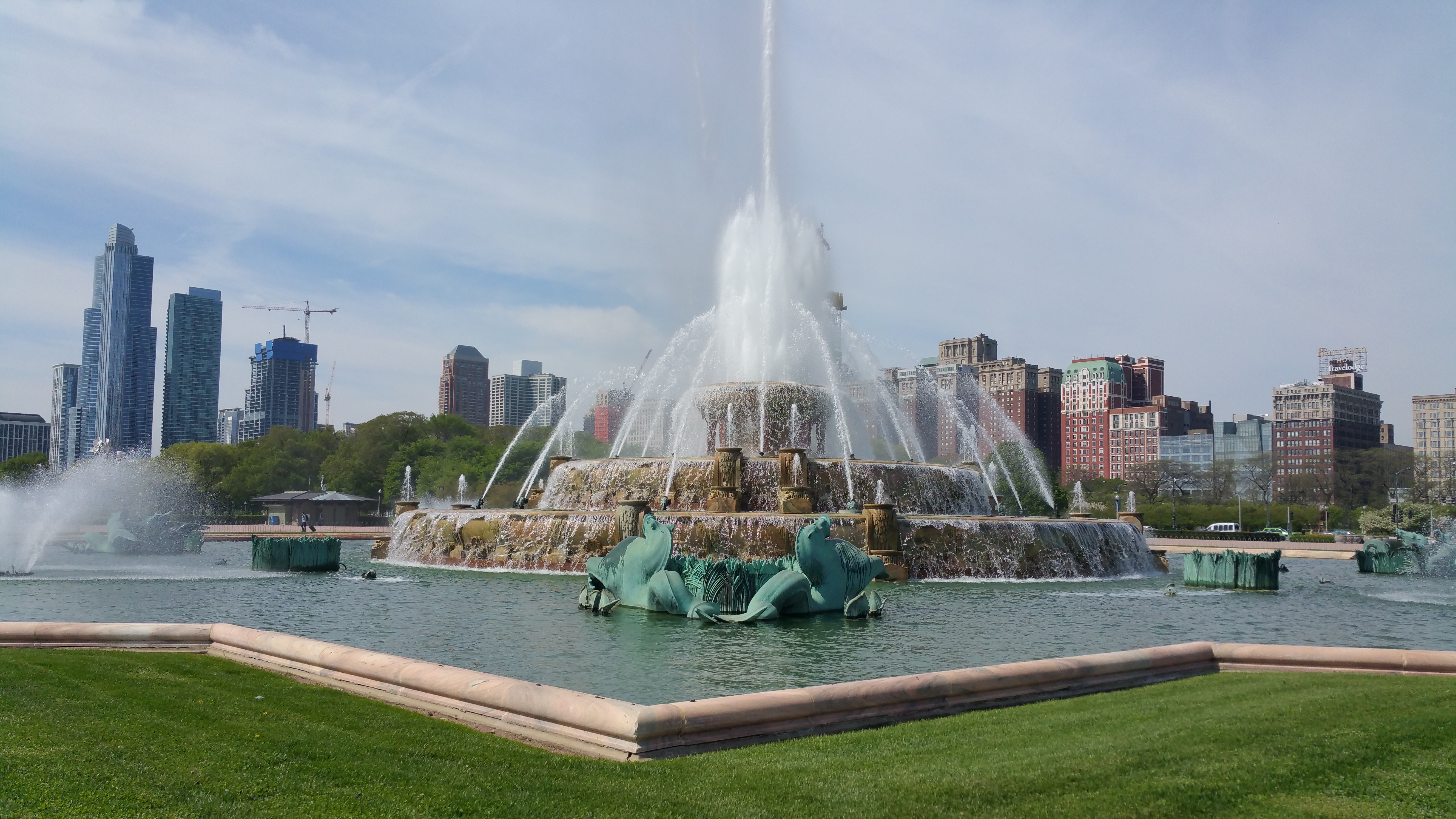
Castle Hill and Crane Estate- Ipswich, MA
Although technically built after the end of the Gilded Age, Castle Hill is every bit as grand as its Newport counterparts. Majestically situated overlooking Ipswich Bay, and surrounded by stunning gardens, it is the quintessential summer vacation home.
In 1634, it was voted that the area known as Castle Hill would forever remain open for public use. That lasted less than five years, when the town’s founder, John Winthrop, Jr., threatened to leave Ipswich, and Castle Hill was deeded to him to keep him in place. The property was then passed to several other owners over the years, before being purchased by Richard Teller Crane, Jr. in 1910.
Crane, of Chicago’s Crane Plumbing Company, was ridiculously wealthy, and sought to build a summer home on the site. He immediately engaged the Olmsted Brothers to create a series of ornate gardens on the land, including a statuary flanked Grand Allee heading from the top of the hill to the water. At the midpoint, a casino was constructed, which housed guest rooms for single male visitors, an indoor ballroom and a saltwater swimming pool.

At the top of the hill, a stucco Italian Renaissance villa designed by Shepley, Rutan and Coolidge was constructed. Unfortunately, the house did not suit Crane’s wife; she found it drafty. In 1924, the original house was torn down, and a new 59 room Tudor Style (or Stuart Style to be exact) designed by David Adler was constructed.

Completed in 1928, the new house featured parquet wood floors and paneling from an 18th century London townhouse, as well as Grinling Gibbons carvings imported from Cassiobury House in England, which was razed in 1927.
Gibbons, a Dutch 18th century sculptor, is widely considered one of the best wood carvers to have ever lived; other examples of his work are found at Windsor Castle, St. Paul’s Cathedral and Trinity College. Crane Hill ‘s library contains one of the only examples found in the United States.
Following Crane’s death in 1931, the estate passed to his wife, Florence. In 1945, she donated much of the adjacent land, including the beach and dunes to The Trustees of Reservations, a historic preservation organization. Following her death in 1949, the remainder of the property, including the mansion was given to the Trust.
Today, the house is seasonally open to the public, as are 165 acres surrounding the property. Exploring easily requires a full day- if not more. Fortunately, there is an Inn on site, for those that need more time. There are several different tours offered of the estate, depending on your area of interest. As it suggests, Cupola with a View brings visitors to the mansions rooftop, where fabulous views of the bay and islands await.
Back down on the ground, the estate’s gardens have been restored to how they would have looked during the Crane’s residence, including the magnificent sunken garden and Grand Allee. Although you may have to contend with Boston traffic to visit the estate, it is well worth the trip.


You May Also Like

Grace United Methodist Church- St. Augustine, FL
April 13, 2020
Brooklyn Bridge- New York, New York
March 16, 2023





















































